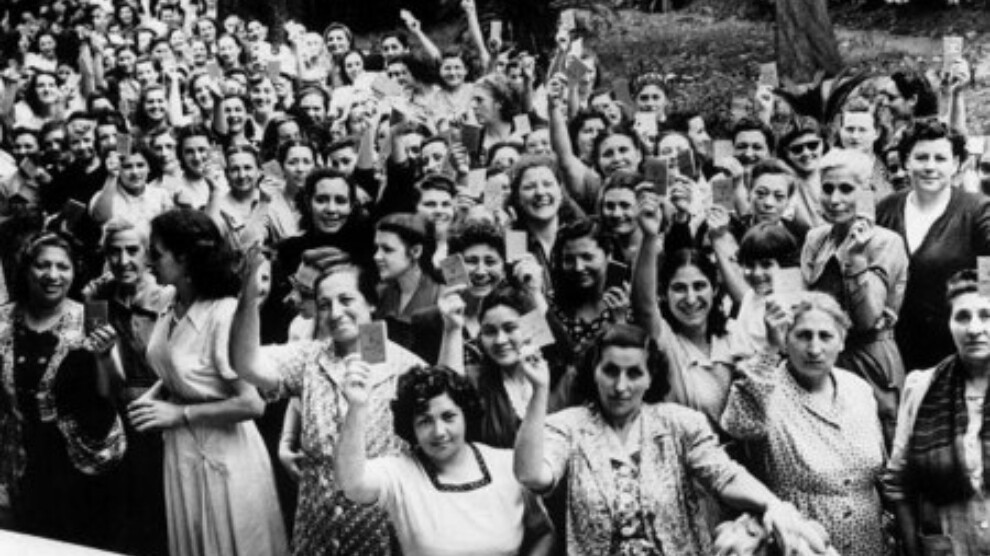Women organizers of May Day: Lucy and Lizzie
The struggle of Lucy and Lizzie, who played an important role in the building of the International Workers' Day of unity, struggle and solidarity, and in the organization of the working class, sheds light on today.

News Center- In the 1920s, the Chicago Police Department described Lucy Parsons as “More dangerous than a thousand rioters” because she became so dangerous for the racist and anti-worker system in the United States.
Lucy Parsons was born Lucia Carter in Virginia in 1851. Her mother was an African-American woman enslaved by a white man named Thomas J. Taliaferro, who may have been Lucy's father. At the end of the Civil
War in the US, about 1863, Taliaferro forcibly removed at least a portion of his enslaved workers to Texas. She married a freed Black man named Oliver Benton, 20 years older than her.
She later met Albert Parsons, a white newspaper editor and former Confederate soldier. They were forced to flee north from Texas in 1873 due to intolerant reactions to their interracial marriage. On the way, Lucy became Lucy Parsons. Albert Parsons struggled to urge African American to register and vote. The Parsons were targeted by all racists for fighting for the vote rights of African American. Albert was shot in the leg, Lucy was threatened with death. They settled in Chicago and had two children. They participated in revolutionary activism on behalf of political prisoners, people of color, the homeless and women.
She always struggled
Lucy Parsons worked closely with her friend and collaborator Lizzie Holmes in the early years of the 1880s and they led marches of working seamstresses in Chicago. Lucy was a founder of the International Ladies Garment Workers Union (ILGWU).
The two women joined the Knights of Labor, where they helped organize for better working conditions. Lucy began writing for The Socialist and The Alarm, the journal of the International Working People's Association (IWPA) on political prisoners, people of color, the homeless and women. She always struggled against racism. In 1877, railroad workers in West Virginia went on strike against pay cuts. Lucy and Albert were there.
Albert and Lucy Parsons won well-earned reputations for their provocative statements and speeches. On May 4, 1886, someone threw a bomb at a rally organized by anarchists in Chicago’s Haymarket Square, killing seven police officers and an unknown number of workers and wounding many more. Albert and seven of his comrades were arrested and tried for conspiracy to murder, though none of those on trial had thrown the bomb. The presiding judge had prejudged the case in favor of the prosecution, and the trial was a farce. On November 11, 1887, Albert and three other men were hanged for their alleged role in the bombing. The 1 May date was chosen by the American Federation of Labor to commemorate a general strike in the United States, which had begun on 1 May 1886 and culminated in the Haymarket affair four days later.
‘More dangerous than a thousand rioters’
Lucy played a significant role in the fight for eight-hour workday as well as organization of the first May Day. Lucy embraced the struggle even more after Albert's execution. She also struggled for gender equality. She rejected the traditional roles of women and moved women from the kitchen to the workplaces and to the streets. Described as “More dangerous than a thousand rioters” by the Chicago Police Department in the 1920s, Lucy Parsons always advocated, “Land belong to the landless, the tools to the toiler, and the products to the producers.”
Lizzie left for Chicago in 1879, inspired to get involved in the labor movement after reading about the Great Railroad Strike of 1877. On the International Workers’ Day, we should not forget Lucy and Lizzie who played an important role in the building of the International Workers' Day of unity, struggle and solidarity, and in the organization of the working class.
